Last Chance to Catch NYC's Holiday Notalgia Train
We met the voices of the NYC subway on our nostalgia ride this weekend!


Park Avenue in Manhattan is one of the most well-known avenues in New York City, as it is home to iconic structures such as the Waldorf-Astoria, the Pan Am building, and Grand Central Station. However, many New Yorkers may not know that they can also find a hidden train track, the Seventh Regiment Armory which became a cultural institution, and a Founding Father’s pistol along Park Avenue as well. Here are ten secrets about Park Avenue to keep in mind the next time you find yourself in the area.
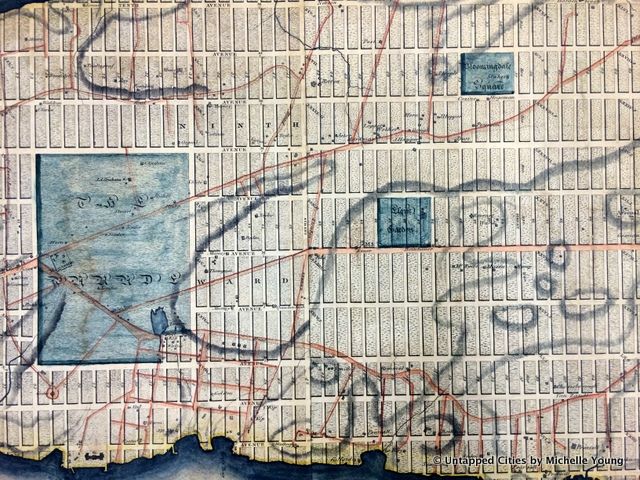
Today, the portion of Park Avenue that is above 14th Street is only known as “Fourth Avenue” from 14th street to Cooper Square. In the original Commissioner’s Plan for New York City, however, the street was named “Fourth Avenue” all the way up to Fordham Road in the Bronx. A stretch of the avenue from 34th to 40th Street was renamed “Park Avenue” in 1860. Then, in 1959, the area from 33rd street to 17th Street was named “Park Avenue South.”
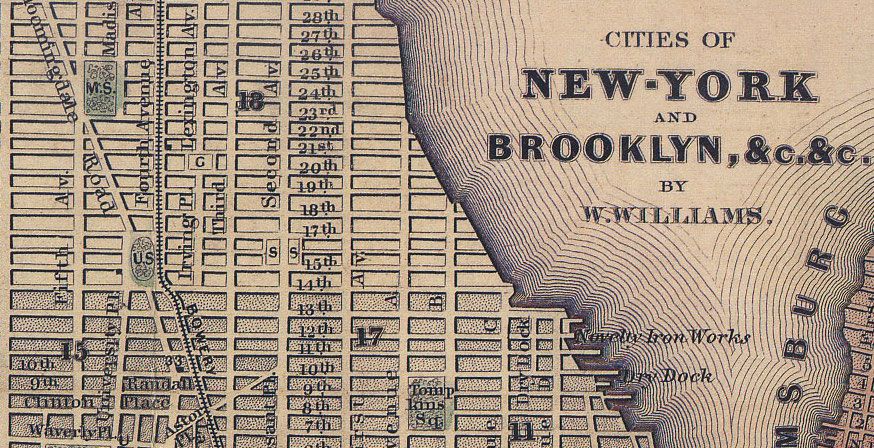
New York Harlem Railroad on Park Avenue (then Fourth Avenue) as seen on a map. Image via Wikimedia Commons
Back when Park Avenue was still called Fourth Avenue in the 1830s, it carried the tracks of the New York and Harlem Railroad. Running from lower Manhattan to above Harlem, this railroad was one of the first in the U.S. as well as the world’s first street railway. While the railroad originally cut through Murray Hill in the 1830s, it was covered with grass from 34th to 40th Street by the 1850s. This space became known as a park, which was why the road was renamed “Park Avenue” in 1860. Eventually the area extended to 42nd Street. When the railroad tracks leading up to 96th street were demolished, Park Avenue spread uptown.
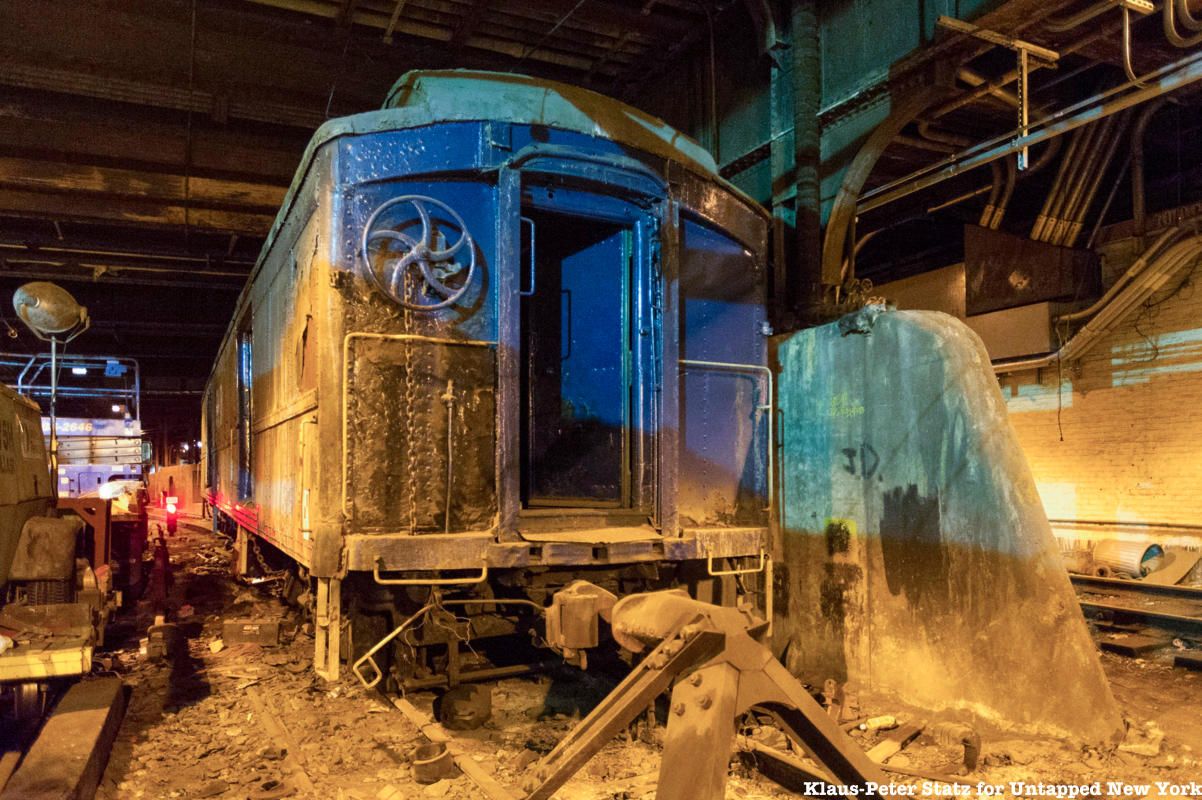
The Waldorf-Astoria Hotel was built atop one of Grand Central Terminal’s many early platform lots through a lease of air rights. Although it is now abandoned, the space was at one time used to transport the hotel’s famous guests, including General John J. Pershing. The most famous patron of the line, Franklin Delano Roosevelt, allegedly traveled via this track in an employed, custom-made, armored train cart that would bring him straight to and from the hotel.

Like some other famous spots in New York City, the Waldorf-Astoria was once a cemetery. Yes, the land where the lavish hotel currently sits was a New York City potter’s field for a time. The potter’s field was originally located at Bryant Park, but when the Croton Distributing Reservoir took up residence on 42nd Street and Fifth Avenue, the potter’s field moved here. When the Park Avenue land was granted to the Women’s Hospital, the remains from the potter’s field were moved to Ward’s Island.
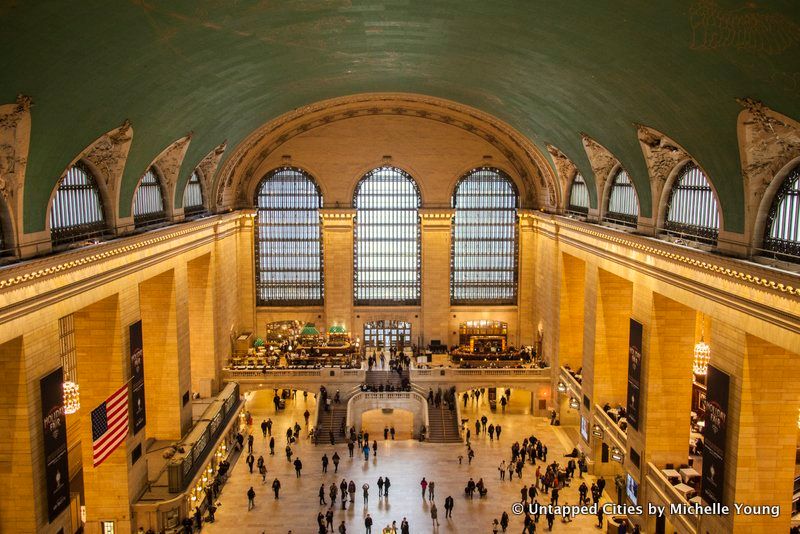
Grand Central Station’s basement is the largest and deepest in New York City, covering 49 acres from 42nd all the way up to 97th street. The familiar first level of the basement is the upper concourse and is one story below street level. The MTA is currently working to make the station a stop on the LIRR, which will make the basement even deeper!
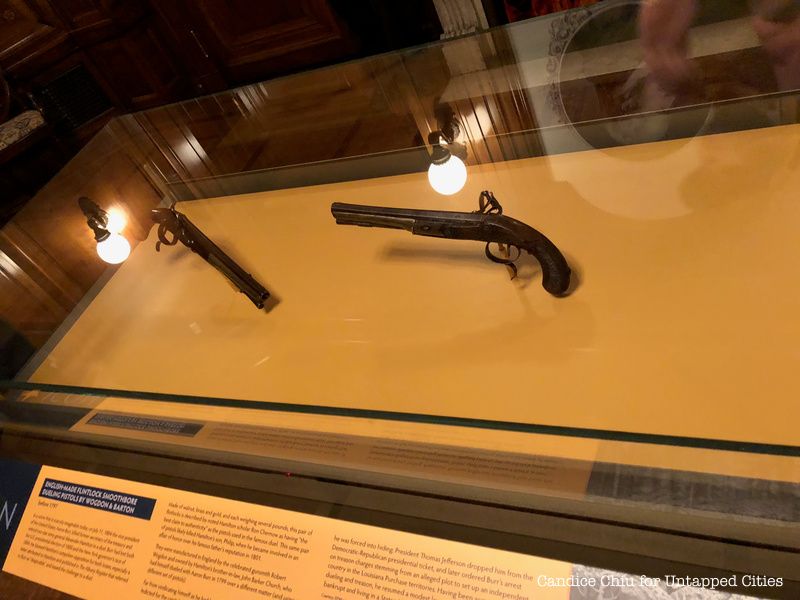
Yes, that’s right, Alexander Hamilton’s and Aaron Burr’s dueling pistols are currently on Park Avenue. Amidst the popularity of Hamilton the musical, the very weapons used in the historical duel are safe and sound in JP Morgan Chase Headquarters at 270 Park Avenue.
The pistols survived the duel that killed Hamilton only to allegedly be used in the Civil War. In 1930, they were purchased by Chase Bank (now JP Morgan Chase Bank), which is actually a current incarnation of Aaron Burr’s water service delivery company, the Manhattan Company.
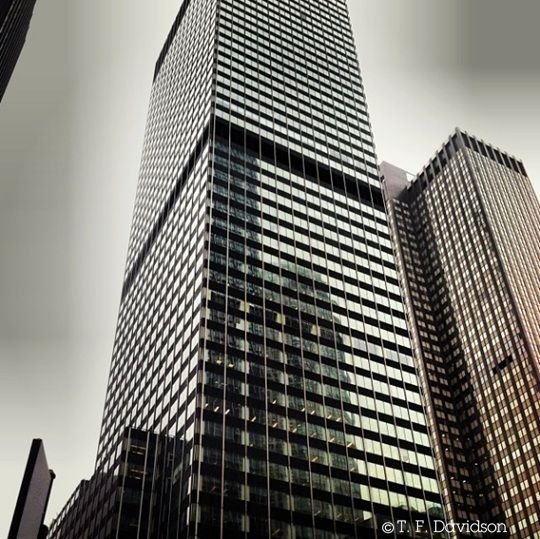
John Fitzgerald Kennedy once lived at the McKim, Mead, and White apartment building at 277 Park Avenue in 1957. Both JFK and his brother Bobby Kennedy used two of the floors in the building as 1960 Presidential Campaign offices. In these rooms, the Kennedy brothers and team were able to craft a plan to strategically squeak past Richard Nixon, the incumbent Vice President under Eisenhower. The Park Avenue Election Headquarters also consisted of their father Joseph Kennedy and unofficial financier of the campaign, who lived in a suite at the Waldorf-Astoria.

Before the Park Avenue Tunnel was a north-bound passage for cars, it was formerly a train/trolley tunnel. Built in 1834, it was originally built for the New York & Harlem Railroad (NY&H) as an open cut, which ran steam engines as well as horsecars. In the 1850s, the open cut was bridged creating a tunnel to boost public safety by removing the train from Manhattan’s surface. The Park Avenue Tunnel became of the city’s oldest, accommodating trolley trucks and two-way traffic.
The staircases shown on the sides of the photo led customers to 37th Street and 4th Avenue, and passengers could board and detrain at this “flag” (by request) stop. Known also as the Murray Hill Tunnel, today it serves only northbound vehicular traffic while the tram tracks have long since been removed.
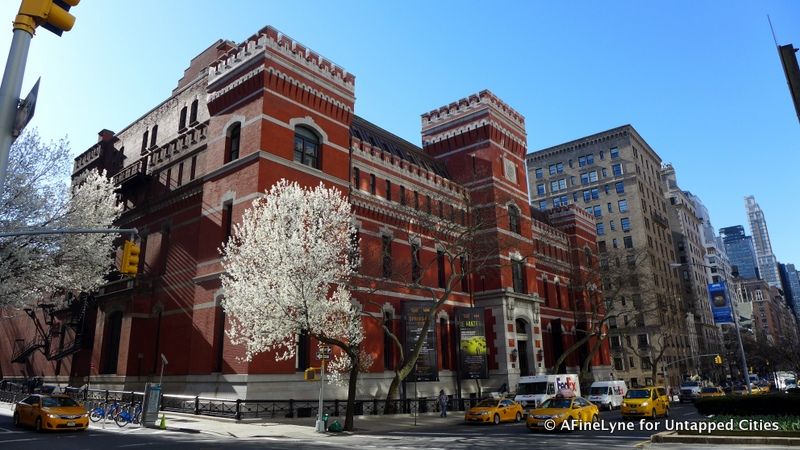
The Park Avenue Armory
The radio play The Fall of the City by Archibald MacLeish was broadcast from The Drill Hall of the Park Avenue Armory because of the strong acoustic properties of the space in 1937. The space was also used for space in order to accommodate the large group of extras for crowd scenes in the play. The star studded cast included Orson Welles, who wrote and starred in the famous film Citizen Kane. The Fall of the City was the first American verse play written for radio.
Did you know that the Pan Am Building (now the Met Life Building) once had a helicopter deck on its roof? The helipad began operations in 1965, traveling between the Pan Am Building and airline’s terminal at John F. Kennedy Airport, but there was little demand for such services, so it ceased operations in 1968.
The helipad reopened in 1977 for a time, but shut down three months afterwards due to a tragic accident when a rotor blade broke off a helicopter, hitting four people on the landing pad who were waiting to board. Three of them were killed on impact.
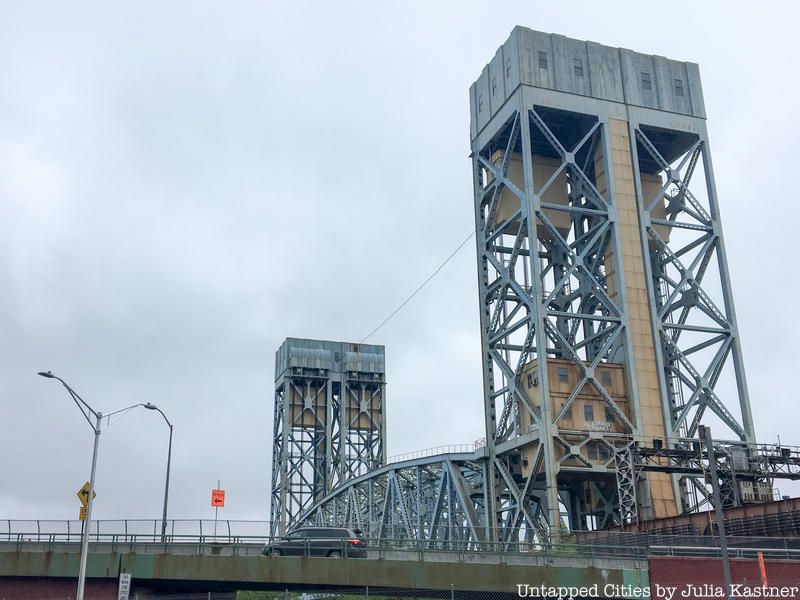
Park Avenue is not bound by Manhattan alone. In fact, Park Avenue extends its reach into the Bronx via the Park Avenue Bridge. The Park Avenue Bridge carries the Metro-North Railroad across the Harlem River and is a remnant from the New York and Harlem Railroad built in 1841. In the Bronx, Park Avenue runs sporadically between the Major Deegan Expressway and Fordham Road.
Next, read our series on the history of New York City streets.
Subscribe to our newsletter